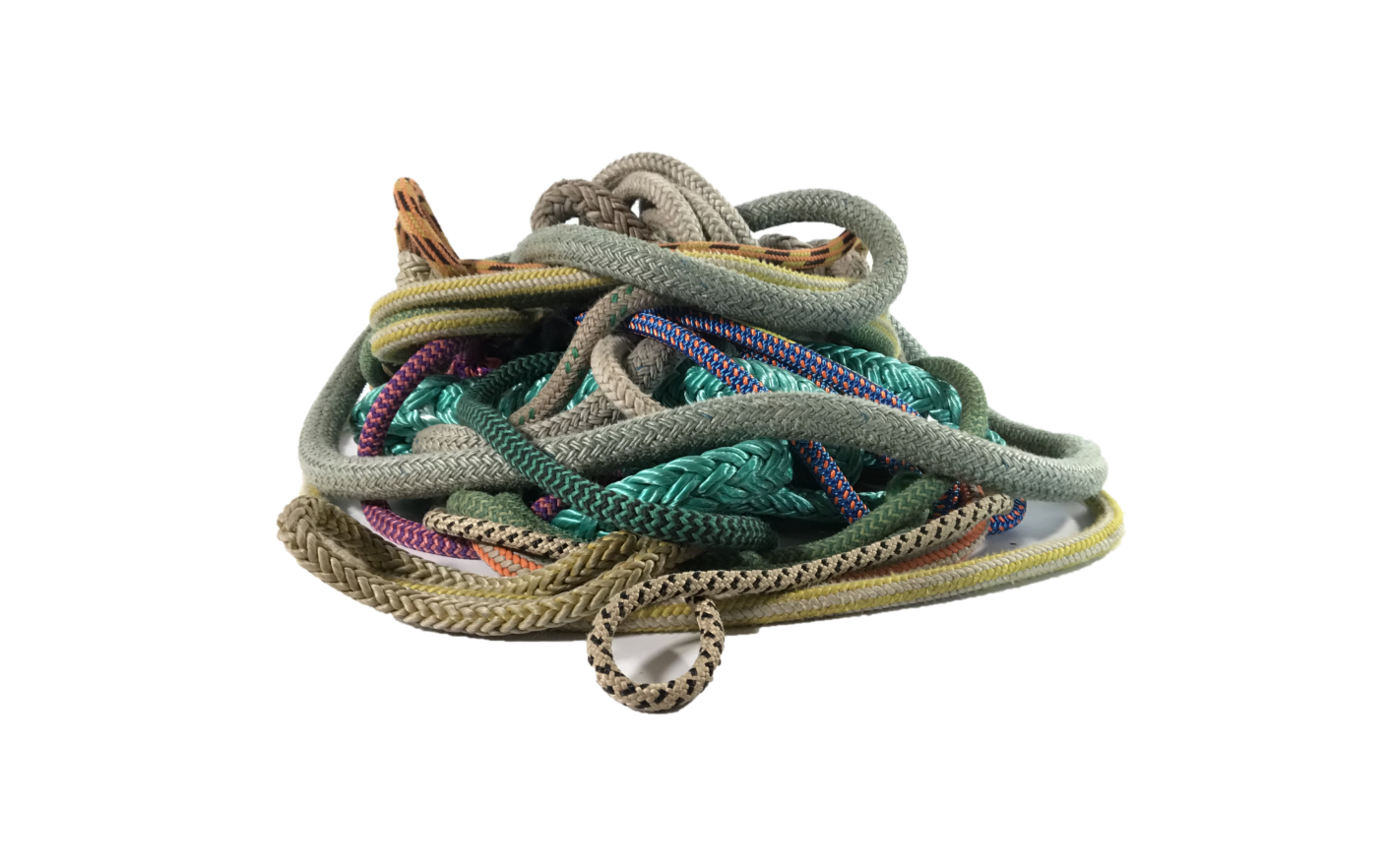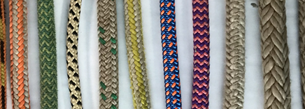News
Do you really know the ropes?
By Wes Tregilgas, Safety Manager
After leading multiple breakout sessions on rope inspection at Utility Arborist Association (UAA) Safety Summits, there were a few large industry knowledge gaps discovered that are critical and can be closed with training in the field. Rope is such a commonly used tool in our industry for so many applications. To know the exact outcome using it, one must first fully understand the type and characteristics of the rope they are going to use.
I have asked the audience, “How do you know what day, before the day, your rope breaks?” Because that is the day the rope needs to be decommissioned, before unexpected failure. No one in the UAA Safety Summit sessions could really answer this although everyone had raised their hands to witnessing a rope breaking while in use. The rope manufacturer has a clear definition of when a rope should be retired based on inspection and known use. The problem with our industry is we do not track enough of the required rope use history to be able to effectively determine this much of the time even though the knowledge of what to visually inspect for is fairly common.
When the UAA audience was asked what rope one is climbing on, the answer was often climbing rope. When they were asked what rope one uses for rigging, I was told a bull rope or rigging rope. Though these titles generally describe the use, it does not describe what the rope really is. So, when you are out in the field, ask what type of rope someone is climbing or rigging with, who makes it, what is the name of the rope, diameter, strength rating and percent of stretch? If they can articulate to you these things, then the knowledge to put together a good plan, within the limitations of their rope tool, is off to a good start.
Rope Name/Construction Type:
If the name or type of rope construction being used is not identified, there is not a way to properly inspect it. Rope can have the strength portion on the outside fibers, inside fibers or a combination of both. Without knowing the name of the rope and construction there is no way to determine if the rope has truly been compromised in its strength visually and safe to use.
Rope Characteristics:
If we are setting up rigging in a tree, and cannot identify the type of rope and characteristics of the rope being used, then there isn’t any way to determine the manufacturer’s strength ratings, the working load limit, potential elongation in the rig and how it should be used. A rope will only go to the maximum breaking strength one time, so if we want to know whether or not we can predict an outcome using a rope, we have to know what the parameters are we must work within. Without a working load limit understood, there is no way to safely determine what size piece of wood should be cut or how much dynamic movement it can be allowed to have.
Just because a rope does not break during use does not mean it has not been critically compromised or damaged. When a rope has taken on an unexpected load or force beyond the working load limits, it needs to be decommissioned regardless of what it looks like during visual inspection. The rope manufacturers define this in their warnings with the ropes they sell. Once a rope has taken on forces outside of the working load limits, it no longer has the strength it was designed to operate in and begins to permanently weaken. This is described as “cycles to failure.”
In the ANSI Z133-2017 Standard it states that the recommended maximum load for rigging ropes is a factor of 5, or 20% of maximum breaking strength listed by the rope manufacturer. For life support and fall protection it is a factor of 1, or 10% of maximum breaking strength listed by the rope manufacturer.
Listed below are three great resources at no cost I use for identifying types of rope and understanding more about rope inspection in the field:
-
Rope Guide Poster from Sherrilltree
This full color electronic PDF or wall poster version shows all the different manufacturers’ rope products for both climbing and rigging with inspection and maintenance guide pictures. This is a great resource to matching a rope in the field with the name and manufacturer’s specifications. Contact a Sherrilltree customer service or sales representative to obtain one.
-
Samson App for Rope Inspection and Retirement Criteria
This is an iPhone/iPad only App located in the Apple store. This App is easy to use and shows pictures of rope conditions one can match up to their own and see what is recommended and what should be looked for when inspecting rope while in the field.
-
Rope User’s Manual: A Guide to Rope Selection, Handling, Inspection & Retirement
This is a comprehensive 56-page full color electronic book found on their website under Resources Tab/Technical Documents/General Resources.
Join me in sharing this needed knowledge about the ropes our teams use in the field so their work plans are sound, within the parameters to operate safely and can provide predictable results!
This article was originally published in the July/August 2020 issue of the Utility Arborist Newsline.



